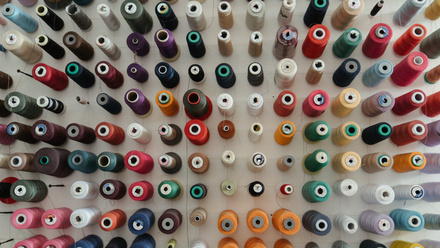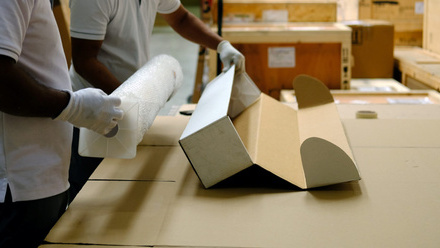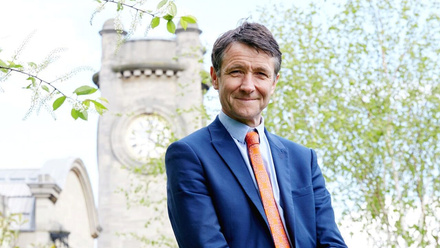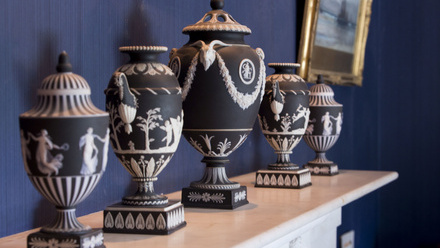Forgeries are beguiling. Like conjurors they divert the gaze. It would seem they also charm writers on the subject as often authors laud the forger, give his history (Lenain 2011) or suggest motives for their deceptive work (Charney 2015). But for William Voelkle forgeries appealed in a different way, confirming his knowledge and scholarship, be it in a back to front way. Voelkle was (as he retired from the post in 2017) Curator Emeritus of Medieval and Renaissance Manuscripts at the Morgan Library & Museum and over the 50 years he worked for the Morgan organising exhibitions, catalogues and scholarly articles. Who better to spot that something is not all it purports to be?
He also collected forgeries, copies, facsimiles and jokes and this book is the first catalogue of his personal collection to be published in its entirety. Creating this collection was a passion that began at the start of Voelkle’s career at the Morgan when he encountered two manuscript leaves by the Spanish Forger. This forger was so named by Belle da Costa Greene (1879 – 1950), the Morgan’s first director and personal librarian to J. P. Morgan. Under da Costa Greene, the Morgan library became a sort of ‘public sifting house’ for detecting forgeries, and suitably enough, in 1978, it would be the Morgan that gave the Spanish Forger his own one man show. It was a first for a forger and the show’s catalogue was written by Voelkle. The Morgan also began a catalogue raisonné of the Spanish Forger, which currently includes 122 panels, 11 manuscripts, 309 illuminated leaves, and continues to grow. Voelkle’s collection contains 12 examples of the Spanish Forger’s work.
While the Morgan library has its own collection of forgeries, Voelkle is careful to point out that most of the forgeries in his own collection were never offered or considered for purchase by the Morgan. However, the authentic treasures of the Morgan undoubtedly played their part in the assembly of Voelkle’s collection. Forgery, Voelkle points out, is a worldwide phenomena and his collection includes items from beyond the western art tradition, covering a wide geographical spread; Coptic, Ethiopian, Mexican, Persian, as well as across Europe – allegedly, of course. Each entry demonstrates his deep knowledge of his field, together with entries for provenance and literature on each piece.
For the conservator it is material signs, wear and tear, the confirmation through scientific analysis of the presence of date appropriate, or inappropriate materials, pigments. But before funds are spent on scientific analysis ‘tells’ have to be spotted that create doubts that need to be allayed or confirmed and Voelkle’s catalogue is rich in these. He explains each telling error that alerted him and his colleagues that all was not as it appeared to be.
Voelkle tells us that most manuscript forgeries have aspects, in part at least, that are genuine. For example, the Spanish Forger used parchment cut from real medieval choir books. There are also examples of a late 17th, early 18th-century Ethiopian manuscript that now contains much more modern miniature paintings, presumably to increase its saleability. The ability and knowledge to identify sources, not just those a forger drew on, changing or misunderstanding, but where the forger may have seen those sources, are among the sharpest tools in forgery detection. Thus the publication in its various volumes between 1869 and 1882 of Paul Lacroix’s The Arts of the Middle Ages and the Period of the Renaissance was a crucial source, as was John W. Bradley’s A Manual of Illumination on Paper and Vellum in 1860, which we are told went through seven editions in the first year of its publication. Paris in the late 19th century became a centre for forgery. But more recently the easy access to high-resolution digital images of original manuscripts has played a role. Forgers tend not to hold onto their work for long thus it often appears in the wider world not long after it has been made. So date evidence of a suspected piece’s appearance can be telling.
Other incongruities that alerted Voelkle are the placing of an image, or decorated initial on a page, the presence of text beneath a painted image, or it peeking out from below an illumination, the antiquing of a gold background. These and other incongruities that were at odds with Voelkle’s knowledge of the real thing are catalogued here in detail, making it an informed read for anyone seeking to increase their knowledge of tell-tale signs of forgery.
This book is not just an interesting, entertaining and worthwhile read for anyone in the field, conservator, or historian. The author points out that while finance as a driving force for a forgery’s creation can never be dismissed, forged objects can be indicative of the history of taste and culture. We are reminded that the expression caveat emptor, ‘buyer beware’, entered the English Language in 1523.
This is a beautifully illustrated book but perhaps the last word should go to John Adhbury, who reviewed the Morgan’s exhibition of the Spanish Forger in 1978. He asked if ‘art could only be art if it is genuine’. After all that particular forger’s work is now being collected, and sold as his work, fake!
About the reviewer
Dr Clare Finn ACR has 50 years of experience as a conservator-restorer. She has specialist knowledge of paintings ranging from Old Masters to Contemporary including China Trade paintings, Impressionist Post-Impressionist, Victorian, Modern British and Russian Avant-Garde. She is an authority of aspects of Picasso’s metalwork and is a member of the Picasso Bronze Project run by the Musée National Picasso, Paris, and the Art Institute of Chicago.
Holy Hoaxes: A Beautiful Deception can be bought for around £30 or less from Paul Holberton Publishing and Amazon.
Picture credit for book cover: Les Enluminures/ William M. Voelkle






